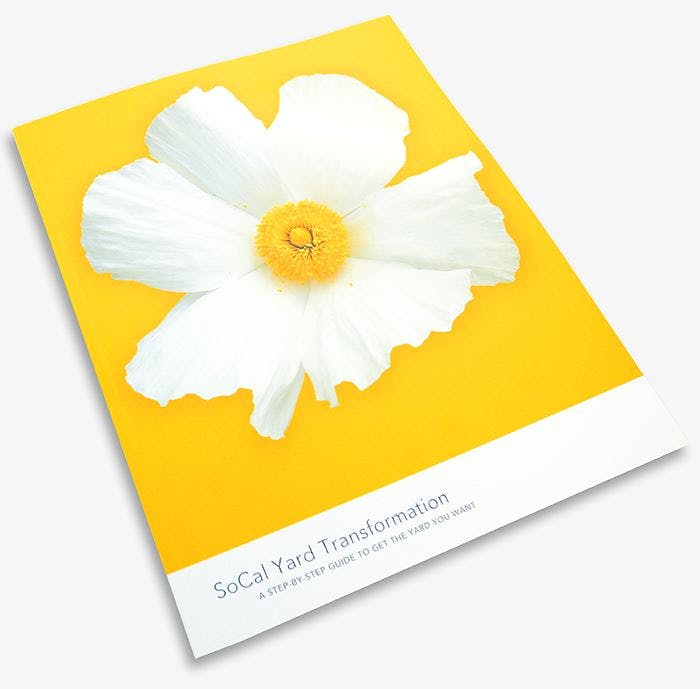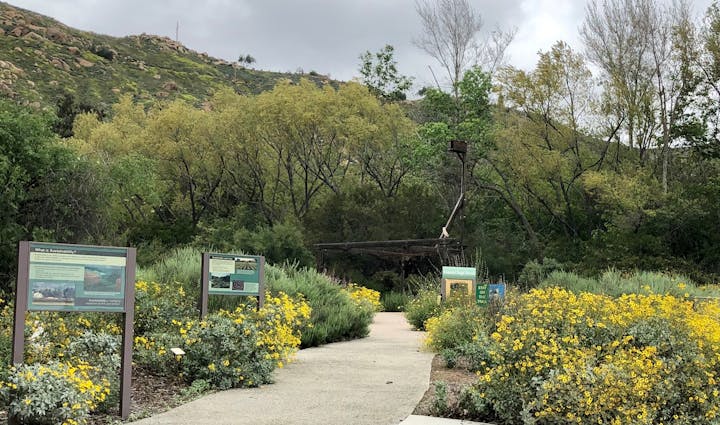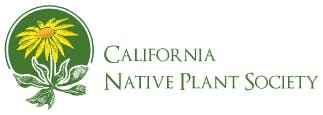Pollinators Are In Trouble But You Can Help
Why Are Pollinators In Trouble?

Pollinator populations are changing and many are in decline. Loss of feeding and nesting habitat is a large part of the problem. However, the overuse of chemicals, especially as pesticides in gardens and agriculture, along with pollution, disease and climate change are also contributing factors to the shrinking populations.
How You Can Help?
Everyone can help pollinators, and the more people that get involved, the better the chance our pollinators will have.
Adding pollinator-friendly habitat is one of the most significant things each of us can do. Having a small home garden, planting pollinator friendly plants on farms, at schools, in corporate landscapes or even in public spaces all can mage a big impact. Pollinators don’t seem to be phased by city life, as long as there are plots and patches of flowers and food for them to find. Please come visit our LandUse Learning Center or click here for ecoregional planting guides to learn more about pollinator friendly plant species. Or visit our publication on Steps for Success for Milkweed and Monarchs for the Inland SoCal Valleys, for more specific information on how you can help Monarch butterflies.
Adding natural habitat or pollinator gardening near community gardens and farm systems can also increases urban agricultural yields. Having farm hedgerows can also increase beneficial insect activity.
A hedgerow is a farm practice used in sustainable agriculture to increase beneficial insect activity, help control erosion and weeds, and foster biodiversity. Basically a variety of native plants are grown at the edge of a farm field including species that are known to be attractive to beneficial insects and that provide flowers and cover over the course of a year. Hedgerows may include trees, shrubs, perennial grasses, rushes, and sedges. Come see our hedgerow adjacent to the Ag Area at the LandUse Learning Center. Some species of local plants that are appropriate for hedgerows in our area are listed below. For more information, see Establishing Hedgerows on Farms in California.
Other things that you can do to help:

- Spread the word about the importance of pollinators.
- Support Farmers and Beekeepers by buying local honey and locally produced organic foods.
- Reduce or eliminate the impact of pesticides whenever possible.
If home owners, local governments, national governments, and private industries all make an effort, we can have a positive impact for pollinators also helping to secure our own future.




